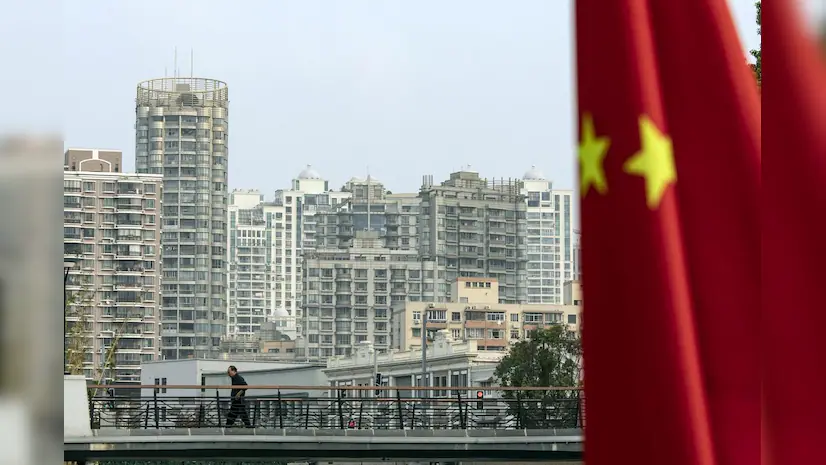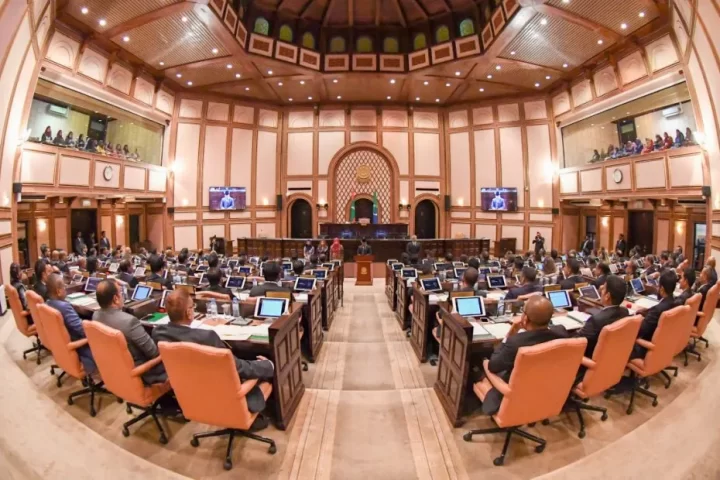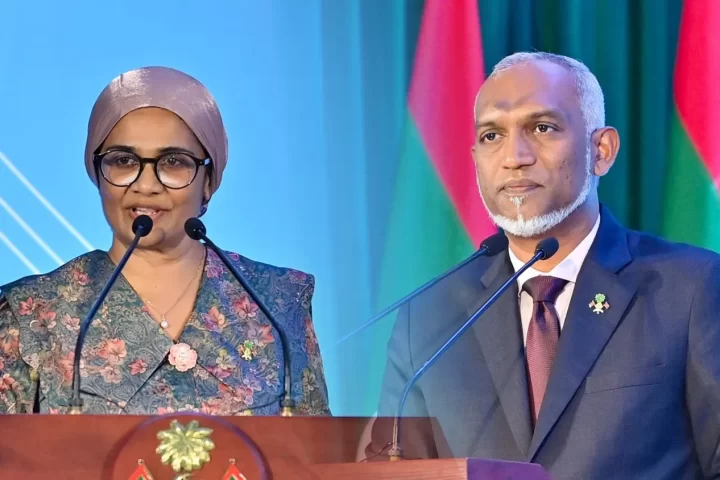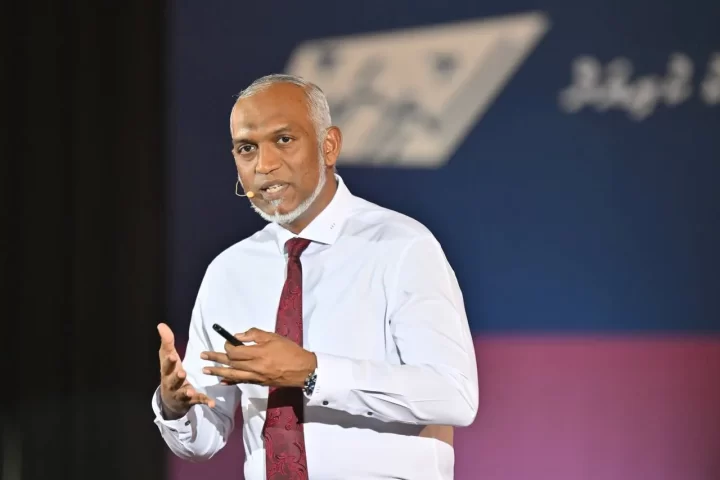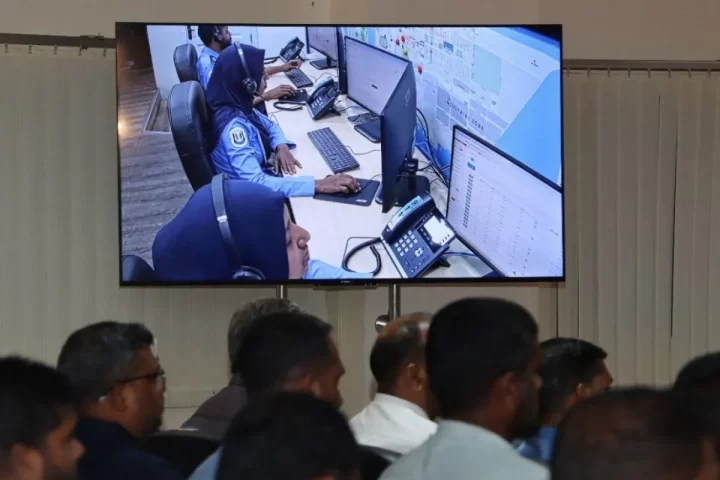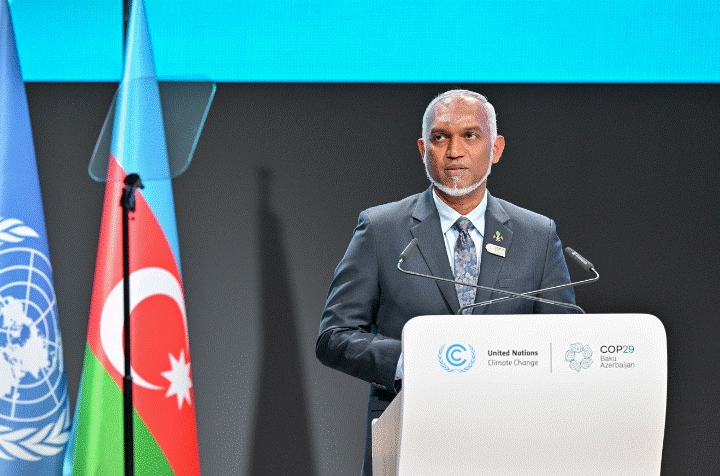BEIJING — China has approved a sweeping 10 trillion yuan ($1.4 trillion) economic rescue package to shore up its faltering economy and address mounting local government debt, CNN reported.
The centerpiece of the plan, announced by Finance Minister Lan Fo’an, allows local governments to refinance up to 6 trillion yuan ($838 billion) of their risky “hidden debt” over three years. An additional 4 trillion yuan in special local bonds will be distributed over five years to help regional authorities manage their debt burdens.
The scale of the crisis became clear as officials revealed that local government hidden debt had swelled to 14.3 trillion yuan ($2 trillion) by the end of 2023. These off-balance-sheet obligations, typically held by local government financing vehicles and backed by cities or provinces, have long worried economists.
The intervention comes as China’s economy grew by just 4.6% in the third quarter, its weakest performance since March last year, casting doubt on Beijing’s ability to meet its annual growth target of around 5%. The once-booming real estate sector continues to struggle despite receiving 4 trillion yuan through a “White list mechanism.”
In a sign of growing concern, authorities are expanding the use of special bonds to purchase idle land and unsold housing from developers. The government is also rolling out 800 billion yuan for consumer trade-in programs and provincial consumption vouchers to stimulate spending.
The debt swap program, approved at the conclusion of a five-day meeting by the Standing Committee of the National People’s Congress, aims to reduce hidden debts to 2.3 trillion yuan by 2028. Officials project the restructuring will cut interest payments by 600 billion yuan over five years.
China’s total government debt of 85 trillion yuan likely understates the full scope of public obligations when accounting for off-balance-sheet liabilities. Despite the Ministry of Finance’s declaration of “zero tolerance” for new hidden debts, local authorities have historically found ways around central government restrictions.
The Standing Committee simultaneously passed legislation on pre-school education, cultural relics protection, mineral resources, energy, and anti-money laundering, though the debt crisis dominated discussions.
The government’s promise of additional fiscal support next year, including an enlarged deficit and continued issuance of ultra-long treasury bonds, suggests Beijing remains focused on immediate stability over structural reforms as it confronts both domestic challenges and potential shifts in global trade relations.
